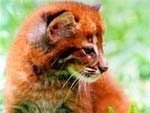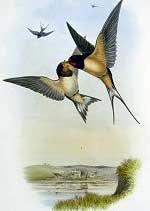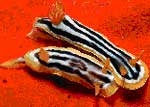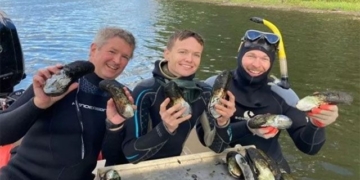The coelacanth is a living fossil fish that reappeared on Earth after going extinct alongside the dinosaurs and can live for up to 100 years.
The Indian Ocean coelacanth, also known as African coelacanth (Latimeria chalumnae) or “gombessa” in the Comoros Islands, inhabits the waters off the eastern coast of Africa and feeds on various fish and cephalopods, including squid and cuttlefish, according to Live Science.
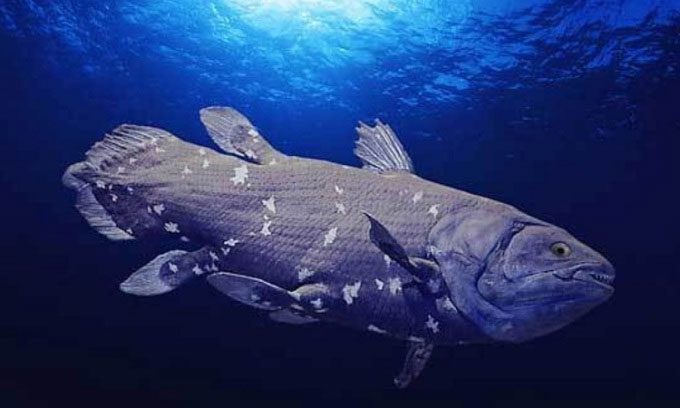
The coelacanth was rediscovered in the waters off South Africa in 1938. (Photo: iNaturalist).
Scientists believe that all coelacanths went extinct over 65 million years ago until the Indian Ocean coelacanth was accidentally discovered off the coast of South Africa in 1938. Coelacanths first appeared over 400 million years ago, but fossil evidence for them ceased around the time the dinosaurs disappeared. The unexpected reappearance of the coelacanth revealed that they belong to the Lazarus group (species that have suddenly gone extinct and reappeared after a significant absence).
This ancient bony fish spends its days hiding in caves and emerges at night to hunt for food. They can grow up to 2 meters in length and weigh 90 kg. Coelacanths are also known for their remarkable longevity.
Preliminary research suggests that coelacanths have a maximum lifespan of 20 years. However, this finding contrasts with other aspects of their life, including a slow metabolism and low oxygen absorption, characteristics often associated with long lifespan. In 2021, researchers used advanced age-determining techniques to count the calcified structures in coelacanth scales, similar to counting growth rings in trees, and discovered that they can live for up to 100 years.
The study also indicated that they mature slowly in terms of reproduction, with male coelacanths mating at around 40 years and females at 58 years. Coelacanths also have a gestation period of up to 5 years, the longest among any vertebrates. Furthermore, coelacanths can hunt while swimming upside down due to their unique skeletal structure, with most of their bone mass concentrated in the head and tail. In 1997, scientists discovered another species of coelacanth in Indonesia and named it L. menadoensis.








































